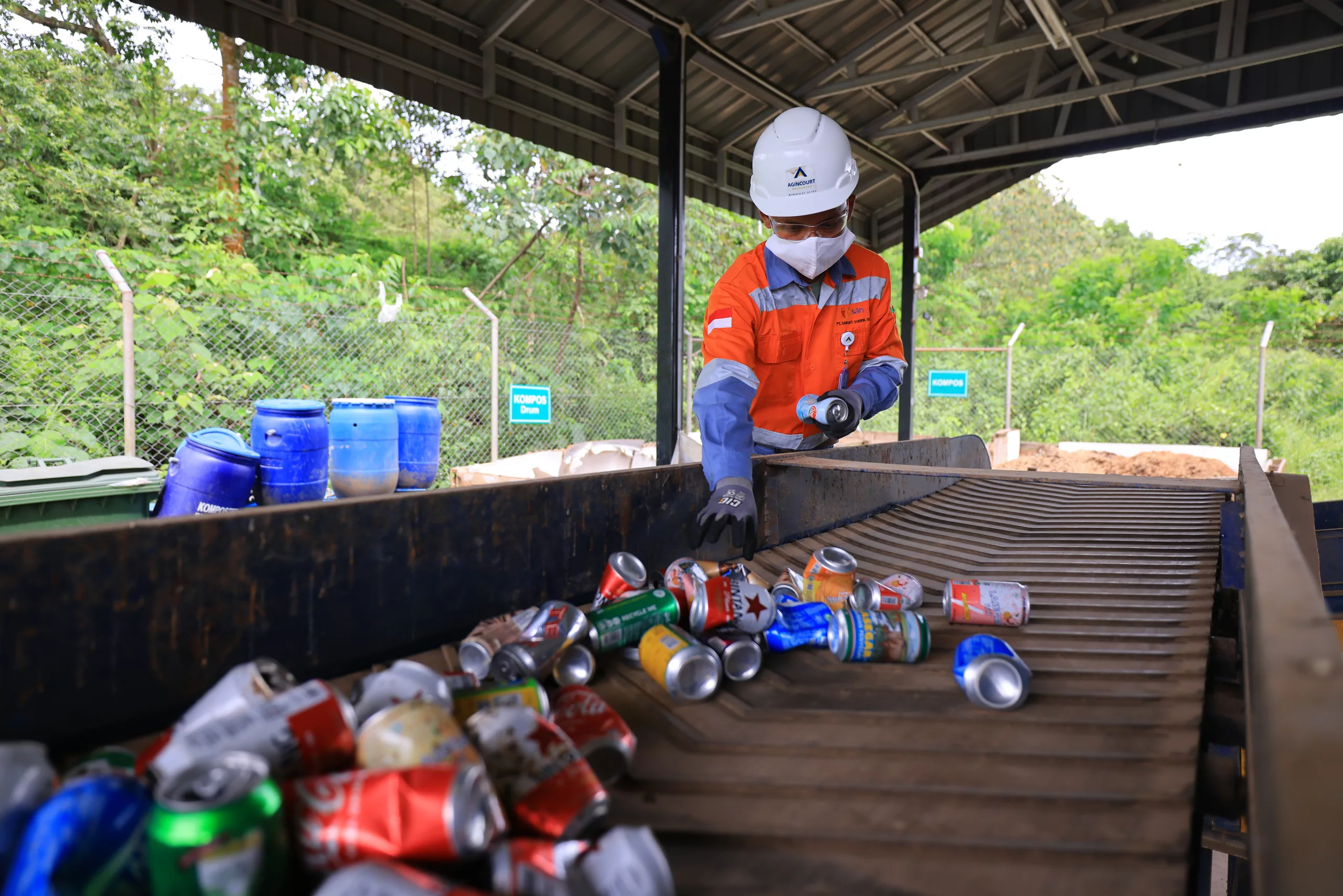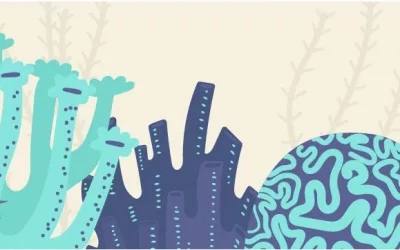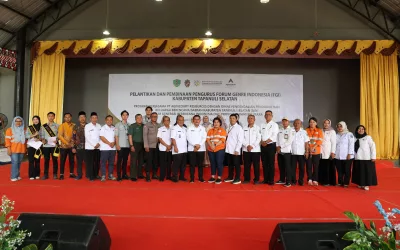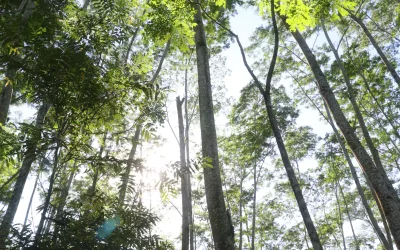Plastic has become an inseparable part of our daily lives. From shopping bags and water bottles to various food packaging materials, plastic is everywhere. Its popularity stems from its advantageous properties—lightweight, durable, inexpensive, and long-lasting. These very traits have made plastic widely used across numerous aspects of life.
Unfortunately, these benefits also pose a serious challenge. Plastic is not easily biodegradable, allowing it to persist in nature for hundreds of years—outlasting human lifespans. In Indonesia, plastic waste is one of the most prominent pollutants, especially in our rivers and oceans. Data shows that Indonesia ranks among the world’s largest contributors of plastic waste to the sea. This crisis not only causes visible environmental degradation but also threatens marine life and, alarmingly, may return to humans through the food chain. Hence, it is essential for us to understand the different types of plastic to manage them more effectively for the sake of our planet and collective well-being.
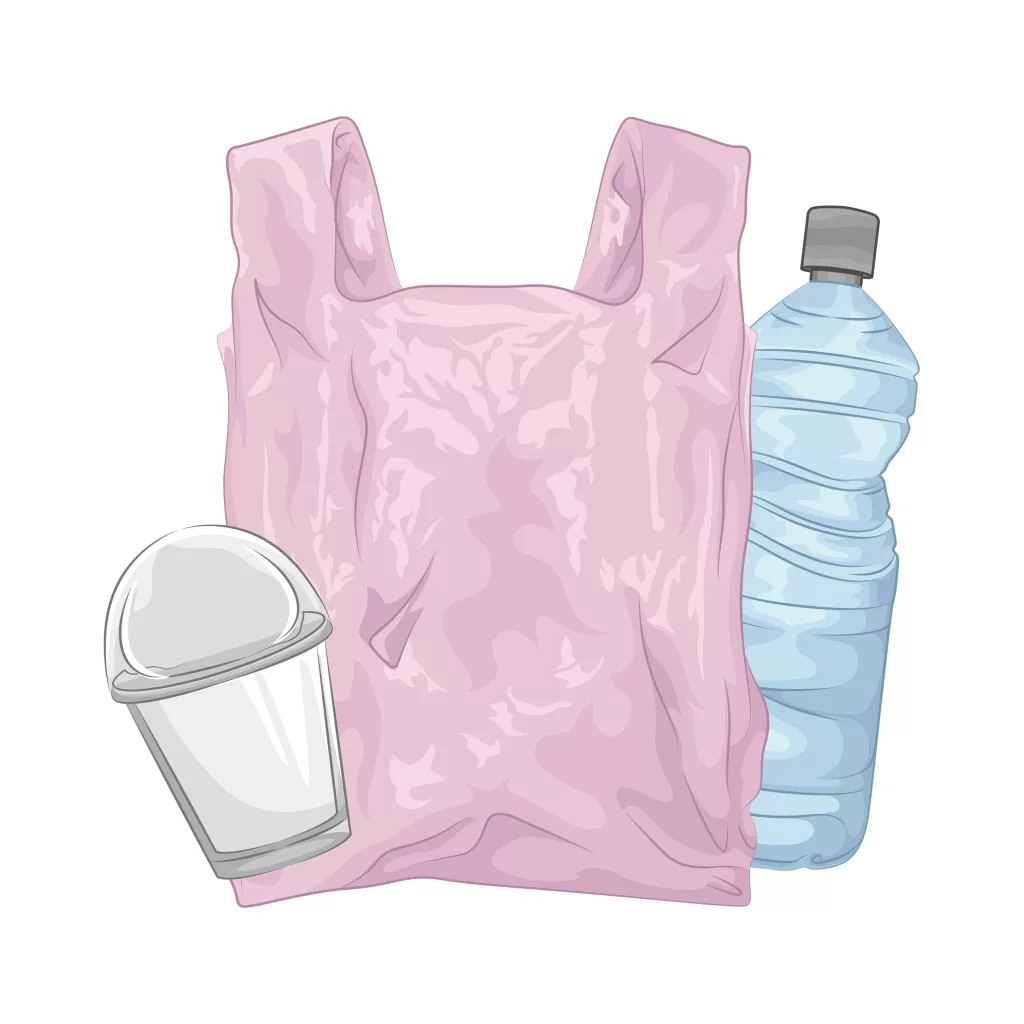
Understanding Plastic Codes: A Practical Guide to Sorting Waste
Most plastic packaging displays a code—a number from 1 to 7—usually located at the bottom. These codes indicate the type of plastic and how easily it can be recycled. Let’s take a closer look:
1.PET or PETE (Code 1): Polyethylene Terephthalate
Commonly used for mineral water and soft drink bottles, PET is clear, lightweight, and easy to process. It is one of the most recyclable types of plastic, often reused to make fabric fibers or new bottles.
2.HDPE (Code 2): High-Density Polyethylene
Found in milk bottles, water gallons, and soap containers, HDPE is known for its strength and durability. It is recyclable into products like buckets, pipes, and flower pots.
3.PVC (Code 3): Polyvinyl Chloride
Typically found in water pipes and meat wrap films, PVC is strong but contains harmful chemicals that may leach. Recycling PVC is difficult, and incinerating it can release toxic substances.
4. LDPE (Code 4): Low-Density Polyethylene
Often used for plastic bags and bread bags, LDPE is flexible, thin, and lightweight. Though less frequently recycled due to cost and complexity, it can still be reused.
5. PP (Code 5): Polypropylene
Used in bottle caps, food containers, and straws, PP is heat-resistant and strong. It is also recyclable and can be repurposed into a variety of products.
6. PS (Code 6): Polystyrene
Found in foam food containers and disposable coffee cups, PS is lightweight but brittle. It breaks down easily into small particles and is difficult to recycle, often polluting the environment.
7.Other (Code 7): Mixed Plastics
This category includes plastics made from a mix of resins, such as polycarbonate water jugs, CD cases, and various composites. Recycling is challenging due to their varied composition, depending heavily on the dominant material.
Plastic Waste in Indonesia: What Are We Throwing Away the Most?
According to waste management studies and reports, the most common types of plastic waste in Indonesia are:
- LDPE (Code 4) and HDPE (Code 2): Predominantly found in plastic bags, snack wrappers, and household product packaging.
- PP (Code 5): Frequently used in food packaging, plastic straws, and bottle caps.
- PET (Code 1): Commonly derived from bottled water and other beverages.
These types of plastic often end up in landfills, rivers, and oceans. Alarmingly, most of this waste is not properly managed, leading to significant environmental pollution. This highlights the urgent need for ongoing public education and stronger policies on reducing single-use plastics at both the community and industrial levels.
Why Understanding Plastic Types Matters
By identifying plastic types, we can:
- Sort waste correctly: A crucial first step in effective recycling.
- Reduce harmful plastic use: Allowing us to choose more environmentally friendly alternatives.
- Support recycling processes: Making it easier for waste handlers and recycling industries.
- Protect the environment and living beings: Small individual actions can lead to significant ecological impacts.
Plastic is undoubtedly useful, but its use must be responsible and informed. Avoid indiscriminate disposal! Start by recognizing plastic types, reducing usage, and supporting recycling efforts. This can begin with small daily habits—bringing your own shopping bag, avoiding single-use straws, and sorting household waste.
Read Also : National Waste Care Day 2024 Eco Camp: A Campaign to Reduce Waste – Agincourt Resources
The global campaign “Beat Plastic Pollution” launched by the United Nations calls for immediate action from all sectors of society. We cannot simply wait for governments or industries to act alone. Each of us plays a vital role—at home, in schools, offices, and communities. Let’s move together toward a cleaner, healthier planet!

